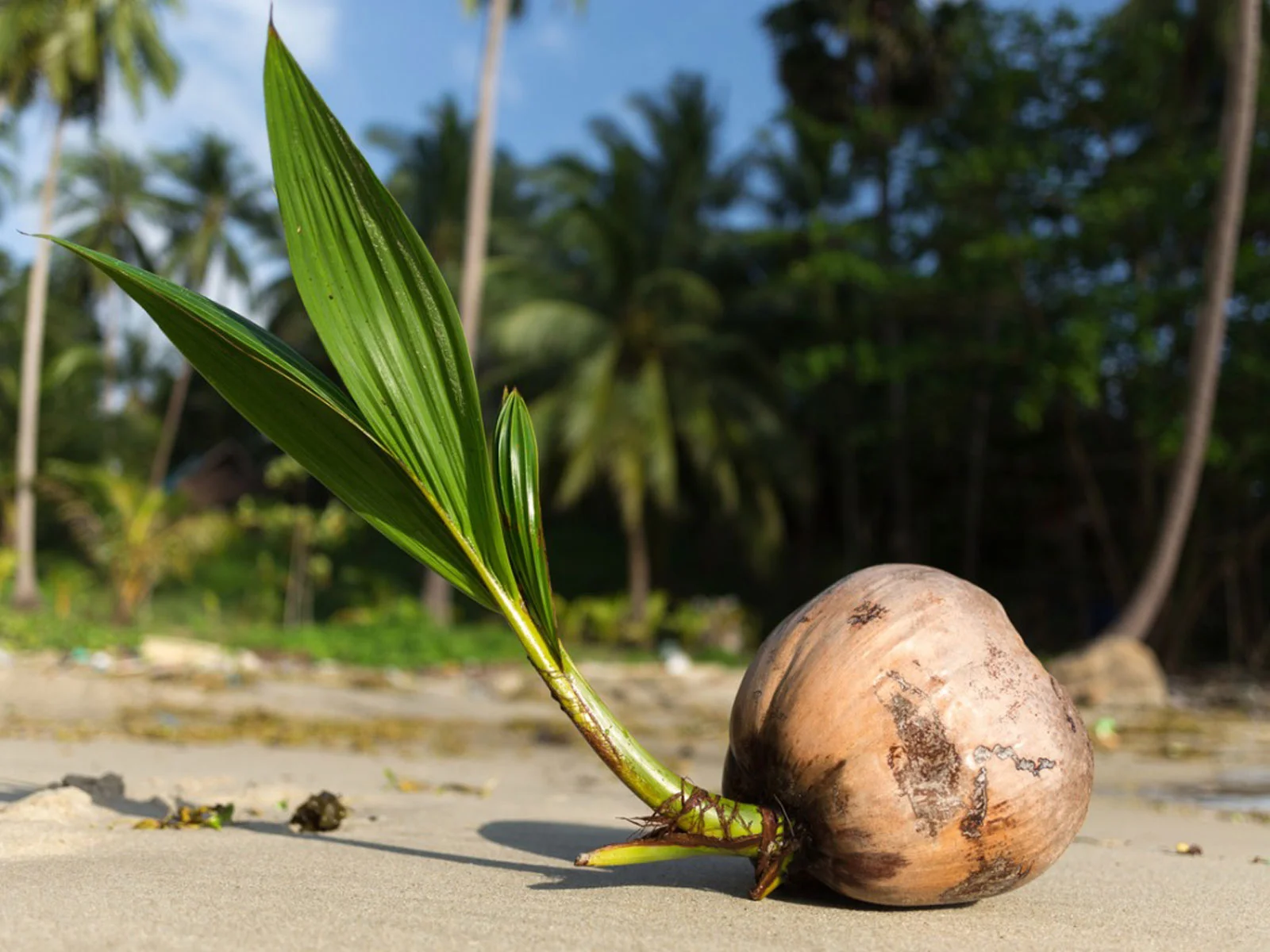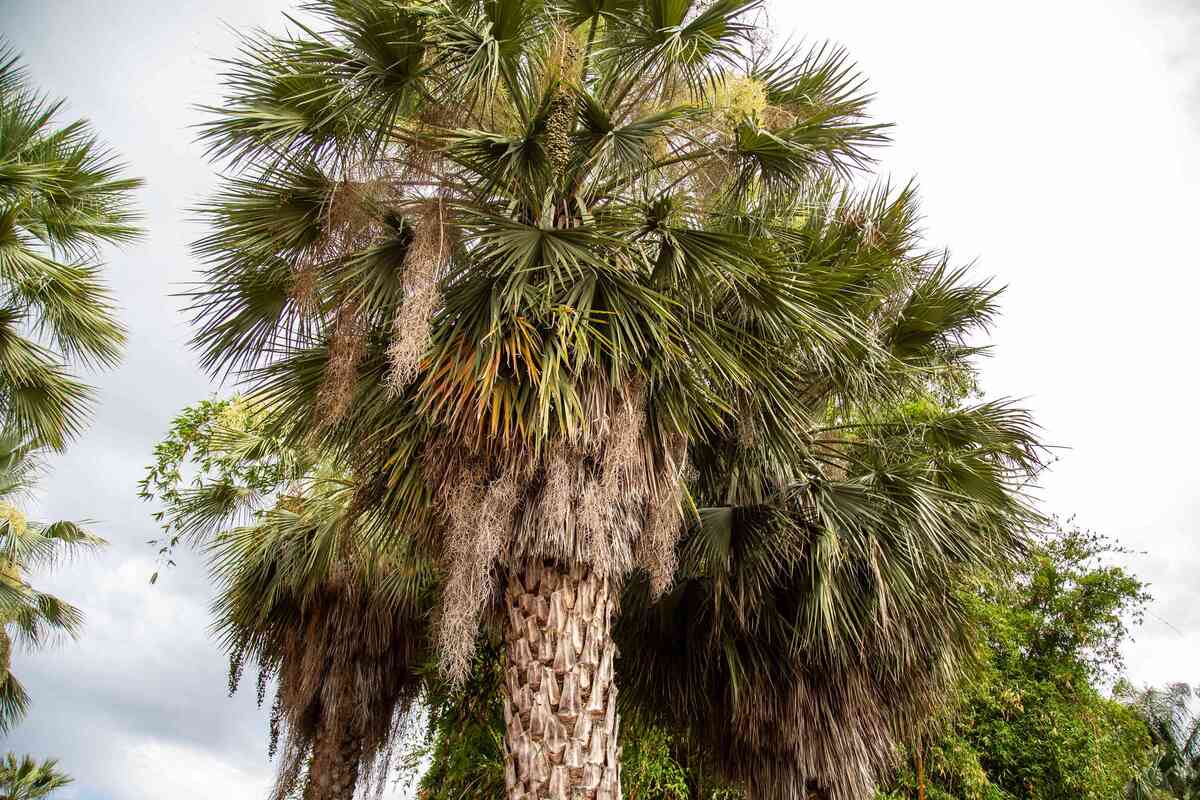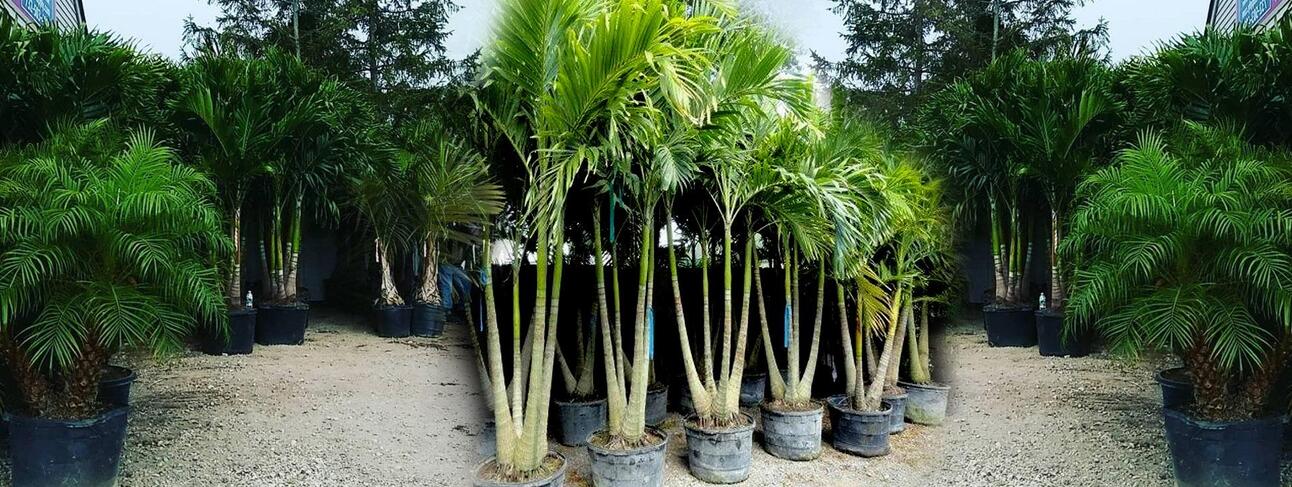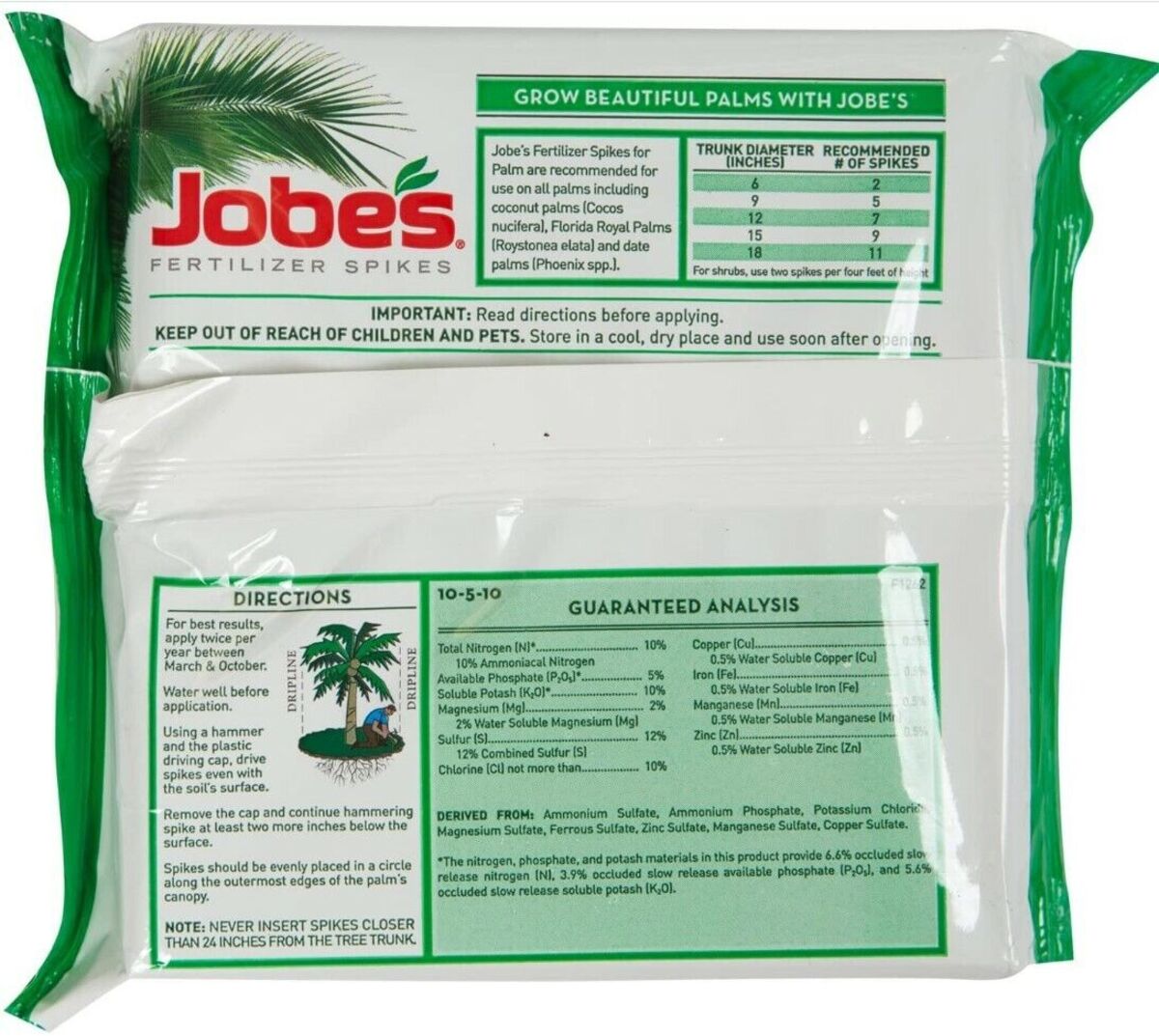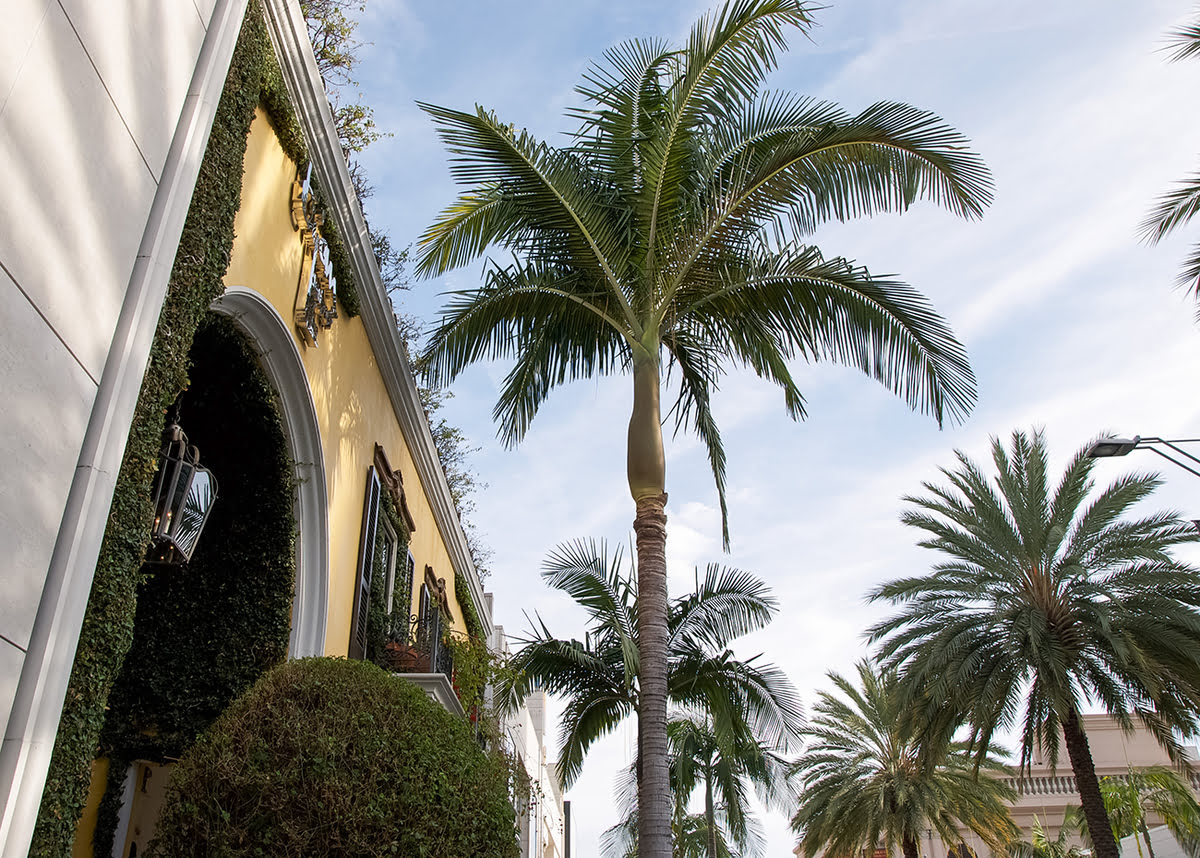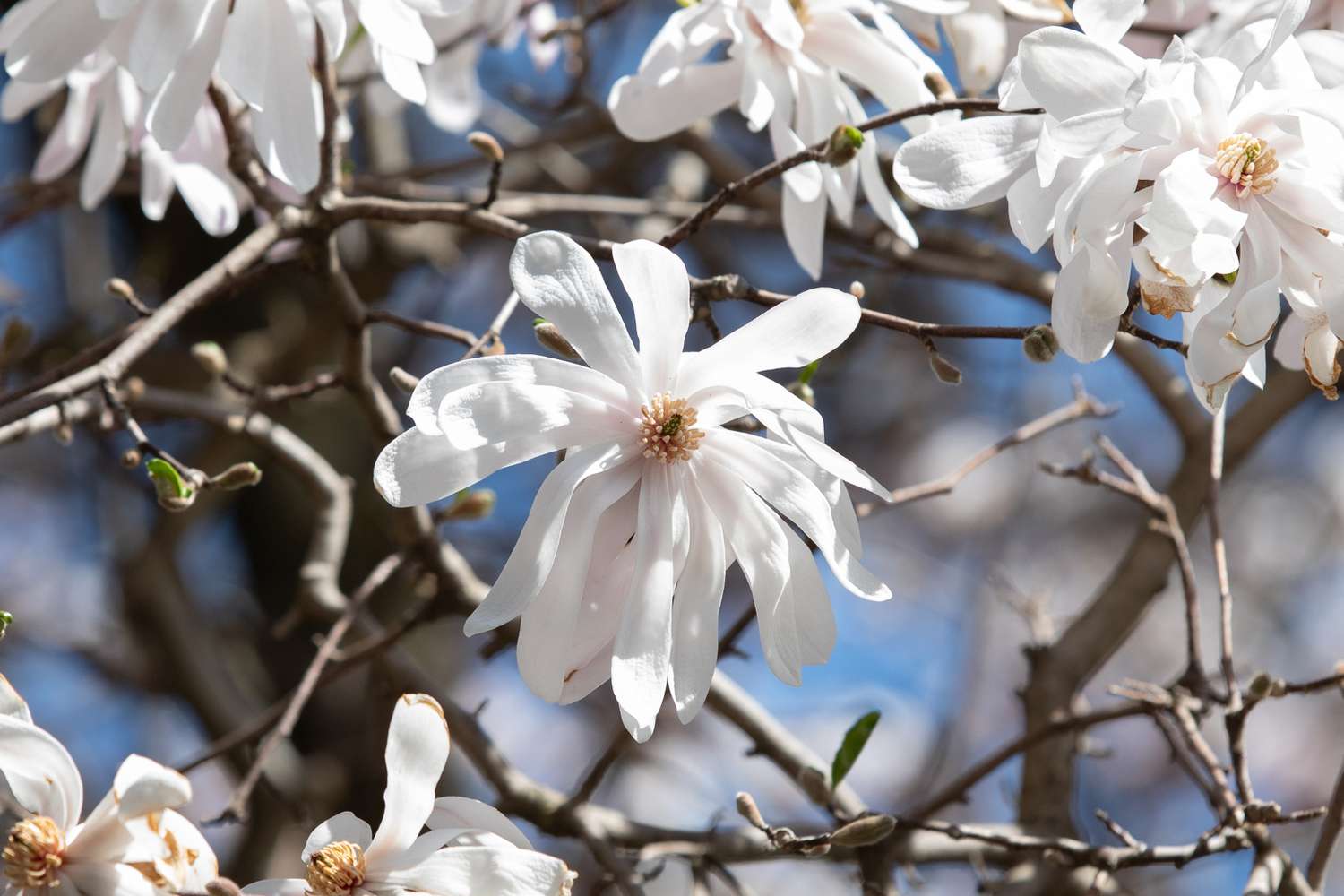Home>Gardening News and Trends>Latest News>Which States Have Palm Trees


Latest News
Which States Have Palm Trees
Modified: February 6, 2024
Find out the latest news on palm trees in different states across the country. Explore which states are home to these iconic tropical trees and their growing popularity.
(Many of the links in this article redirect to a specific reviewed product. Your purchase of these products through affiliate links helps to generate commission for Chicagolandgardening.com, at no extra cost. Learn more)
Table of Contents
Introduction
Welcome to our comprehensive guide on palm trees and the states where they thrive. Palm trees are iconic symbols of tropical environments, conjuring up images of sandy beaches, crystal-clear waters, and lush green landscapes. While they are commonly associated with areas like Florida and California, palm trees can actually be found in various states across the United States, both in their native habitats and as introduced species.
Growing a palm tree can add a touch of exotic beauty to your outdoor space and create a tropical oasis, even in regions that are not typically known for their warm climates. However, not all palm tree species can withstand the diverse weather conditions found in every state. Factors like temperature range, moisture levels, soil conditions, and sunlight availability greatly influence the success of palm tree growth in a particular area.
In this article, we will explore the states where palm trees naturally thrive and where non-native palm trees have been introduced. We will also delve into some popular palm tree varieties found in each state, as well as the challenges involved in successfully growing palm trees in different environments.
Whether you are a gardening enthusiast, an aspiring landscaper, or simply curious about palm trees, this guide will provide you with valuable insights and information to help you understand which states are home to these magnificent trees and how you can best care for them in your own backyard.
Factors Affecting Palm Tree Growth
Various factors play a crucial role in determining the success and growth of palm trees. Understanding these factors is essential to create an optimal environment for palm tree cultivation. Here are the key factors to consider:
- Climate: Palm trees are typically associated with warm, tropical climates. They thrive in areas with temperatures ranging from 50°F (10°C) to 100°F (38°C). While some palm species can tolerate colder temperatures, most cannot withstand freezing conditions. The climate should also have sufficient humidity to support palm tree growth.
- Soil: Palm trees prefer well-draining soil that retains some moisture. Sandy loam or sandy soil is ideal as it allows water to penetrate easily while preventing excessive water retention. The soil should be slightly acidic to neutral, with a pH level ranging from 6.0 to 7.5.
- Sunlight: Most palm tree species require ample sunlight to thrive. They prefer full sun exposure, which is at least six hours of direct sunlight per day. Insufficient sunlight can lead to stunted growth and poor health of palm trees.
- Watering: Proper watering is essential for palm tree growth. They need regular watering to establish their root system, especially during the first couple of years. However, overwatering can cause root rot and other diseases. It is crucial to strike a balance and ensure the soil is moist but not waterlogged.
- Fertilization: Palm trees benefit from regular fertilization to provide them with essential nutrients. The use of a balanced slow-release palm-specific fertilizer can promote healthy growth. It is important to follow the recommended application rates and schedules for fertilizing palm trees.
- Protection from Frost: In regions where frost occurs, protecting palm trees during cold spells is critical. Covering the tree with burlap or utilizing frost cloth can help prevent damage to the foliage. Additionally, planting palm trees in sheltered areas or microclimates can provide extra protection from frost.
By considering these factors and tailoring your palm tree care practices to meet the specific needs of the species you are cultivating, you can create an environment that fosters healthy growth and ensures the long-term success of your palm trees.
States with Native Palm Trees
Native palm trees are those that naturally occur and have adapted to specific regions over time. These palm trees have seamlessly integrated into the local ecosystems and are well-suited to the climate, soil conditions, and other environmental factors of their respective states. Here are some states where native palm trees can be found:
- Florida: Florida is home to a variety of native palm trees, including the iconic Florida Royal Palm, Sabal Palm, and the Dwarf Palmetto. The warm and humid climate of the Sunshine State provides perfect growing conditions for these species.
- California: California boasts native palm trees such as the California Fan Palm, California Washingtonia, and the Blue Hesper Palm. These palm trees thrive in the arid and Mediterranean climates found in various parts of the state.
- Arizona: Arizona is home to native palm trees like the Arizona Fan Palm, also known as the Desert Fan Palm. These palm trees can be found in desert regions and are well adapted to the harsh desert climate of the state.
- Texas: Native palm trees in Texas include the Texas Sabal Palm, often referred to as the Texas Palmetto. These palm trees are found primarily along the Gulf Coast and can tolerate the high heat and humidity of the region.
- Louisiana: Louisiana is home to the Louisiana Palmetto, a native palm tree that grows abundantly in the wetlands and marshy areas of the state. These palm trees are well adapted to the humid and subtropical climate of Louisiana.
These states provide natural habitats for a variety of native palm trees, adding to the unique and diverse landscapes of each region. If you reside in one of these states, you have the advantage of being able to grow and appreciate palm trees that are well-suited to the local climate and environment. It is important to research the specific care requirements for each species to ensure their successful cultivation.
States with Non-Native Palm Trees
In addition to the states that boast native palm trees, there are several states where non-native palm trees have been introduced and successfully cultivated. These states may not have the ideal climate or soil conditions for palm trees, but with proper care and maintenance, certain species can thrive. Here are some states where non-native palm trees are commonly found:
- Georgia: Georgia is home to non-native palm trees such as the Windmill Palm and the Needle Palm. These cold-hardy palm trees are able to tolerate the cooler temperatures of the state’s climate, making them popular choices for landscaping.
- South Carolina: South Carolina has a variety of non-native palm trees, including the Jelly Palm, the Pindo Palm, and the Needle Palm. These palm trees are well-suited to the state’s subtropical climate and add a touch of exotic beauty to the landscape.
- North Carolina: North Carolina is home to palm trees like the Windmill Palm, the Pindo Palm, and the Sago Palm. These non-native species have adapted well to the milder climate of the state and can be found in both residential and commercial landscapes.
- Alabama: Alabama has seen the successful cultivation of non-native palm trees such as the Windmill Palm, the Pindo Palm, and the Queen Palm. These palm trees are able to withstand the heat and humidity of the region and add a tropical flair to the Alabama landscape.
- Tennessee: Tennessee is home to non-native palm trees like the Windmill Palm, the Pindo Palm, and the Needle Palm. Although not native to the area, these palm trees have been able to adapt and thrive in the milder climate of the state.
These states have embraced the beauty of non-native palm trees, creating unique and tropical landscapes that stand out in their respective regions. However, it is important to note that non-native palm trees may require extra care and protection during extreme weather conditions, as they may not be as well-suited to the local environment as native species. Proper research and understanding of each species’ specific care requirements are essential to ensure the successful cultivation of non-native palm trees.
Popular Palm Tree Varieties in Each State
While there are numerous palm tree varieties found in different states, certain species have become particularly popular due to their adaptability, aesthetic appeal, and overall success in the local environments. Here are some popular palm tree varieties commonly found in each state:
- Florida: In the Sunshine State, popular palm tree varieties include the Coconut Palm, the Areca Palm, and the Foxtail Palm. These palm trees are known for their graceful fronds, tropical appearance, and ability to withstand the warm and humid Florida climate.
- California: The iconic California Fan Palm is a popular choice in the Golden State. Other popular palm tree varieties in California include the Canary Island Date Palm and the Mexican Fan Palm. These palm trees add a touch of elegance to the California landscape and are well-suited to the Mediterranean and arid climates found in various parts of the state.
- Arizona: In Arizona, popular palm tree varieties include the California Fan Palm, the Mexican Fan Palm, and the Mediterranean Fan Palm. These palm trees can tolerate the arid and desert climates of the state, adding a tropical touch to the arid landscapes.
- Texas: Popular palm tree varieties in Texas include the Windmill Palm, the Mexican Fan Palm, and the Mediterranean Fan Palm. These palm trees are able to withstand the high heat and humidity of the region and are commonly used to create lush and tropical landscapes.
- Louisiana: In Louisiana, popular palm tree varieties include the Canary Island Date Palm, the Mexican Fan Palm, and the Sago Palm. These palm trees thrive in the humid and subtropical climate of the state, creating a stunning visual display in landscaping projects.
These popular palm tree varieties have gained popularity in their respective states for their unique features, adaptability, and ability to enhance the overall aesthetics of landscapes. They effortlessly bring a taste of the tropics to various regions, creating a welcoming and exotic ambiance.
It is important to note that the popularity of palm tree varieties may vary within each state, depending on factors such as local preferences, availability, and climate suitability. Consulting with local horticulturists, landscapers, or gardening experts can help you identify the most popular and suitable palm tree varieties for your specific location.
Challenges in Growing Palm Trees
While palm trees are known for their beauty and tropical appeal, they do come with their fair share of challenges when it comes to cultivation. From climate limitations to specific care requirements, here are some challenges you may encounter when growing palm trees:
- Climate Restrictions: Palm trees have specific climate requirements, and not all states have the ideal conditions for their growth. Cold winter temperatures, frost, or excessive heat can pose challenges and limit the types of palm trees that can be successfully grown in certain regions.
- Soil Quality: Palm trees thrive in well-draining soil, and not all areas have naturally suitable soil conditions. Heavy clay soils, poor drainage, or alkaline soils can hinder the growth and health of palm trees. Amending the soil with organic matter and employing proper drainage techniques can help overcome this challenge.
- Watering Needs: Finding the right balance in watering palm trees can be challenging. Overwatering can lead to root rot and other fungal diseases, while under-watering can cause stress and dehydration. Understanding the specific watering needs of the palm tree species you are cultivating is crucial for their well-being.
- Pests and Diseases: Palm trees are susceptible to various pests and diseases, including palm weevils, scale insects, and fungal infections. Regular inspection, proper pest management practices, and ensuring proper air circulation can help prevent and manage these issues.
- Nutritional Requirements: Palm trees have specific nutritional needs, including the proper balance of essential macro and micronutrients. Lack of proper fertilization or incorrect application of fertilizers can lead to nutrient deficiencies and negatively impact the health and growth of palm trees.
- Extreme Weather Events: Palm trees can be vulnerable to extreme weather events such as hurricanes, strong winds, or heavy storms. Proper pruning and preventative measures can help mitigate potential damage to the trees during these events.
Overcoming these challenges requires a combination of knowledge, proper care practices, and understanding the specific needs of the palm tree species you are growing. Consulting with local experts, such as arborists or horticulturists, can provide valuable guidance and help you navigate the challenges associated with growing palm trees.
Conclusion
Palm trees bring a touch of exotic beauty and tropical charm to various states across the United States. Whether they are native to a region or introduced and cultivated, these majestic trees have become popular additions to landscapes, adding a sense of tranquility and creating a unique ambiance.
Understanding the factors that affect palm tree growth, such as climate, soil conditions, sunlight, watering, and fertilization, is crucial for successfully cultivating these trees. Native palm trees thrive in states like Florida, California, and Texas, where the climate and environmental conditions are ideal for their growth. Non-native palm trees have also found their place in states like Georgia, South Carolina, and Tennessee, with careful cultivation and proper maintenance.
Popular palm tree varieties in each state reflect the preferences and adaptability of certain species to different climates. From the iconic California Fan Palm in California to the Windmill Palm in Arizona and the Canary Island Date Palm in Louisiana, these varieties have become go-to choices for creating stunning landscapes.
However, challenges in growing palm trees exist, ranging from climate restrictions and soil quality to watering needs and pest management. These challenges can be overcome by understanding the specific requirements of each species and employing proper care practices.
By creating an optimal environment, providing the necessary care, and being aware of the challenges involved, you can successfully grow and enjoy palm trees in your own backyard, regardless of the state you reside in. So go ahead and transform your outdoor space into a tropical paradise with the beauty and charm of palm trees.


